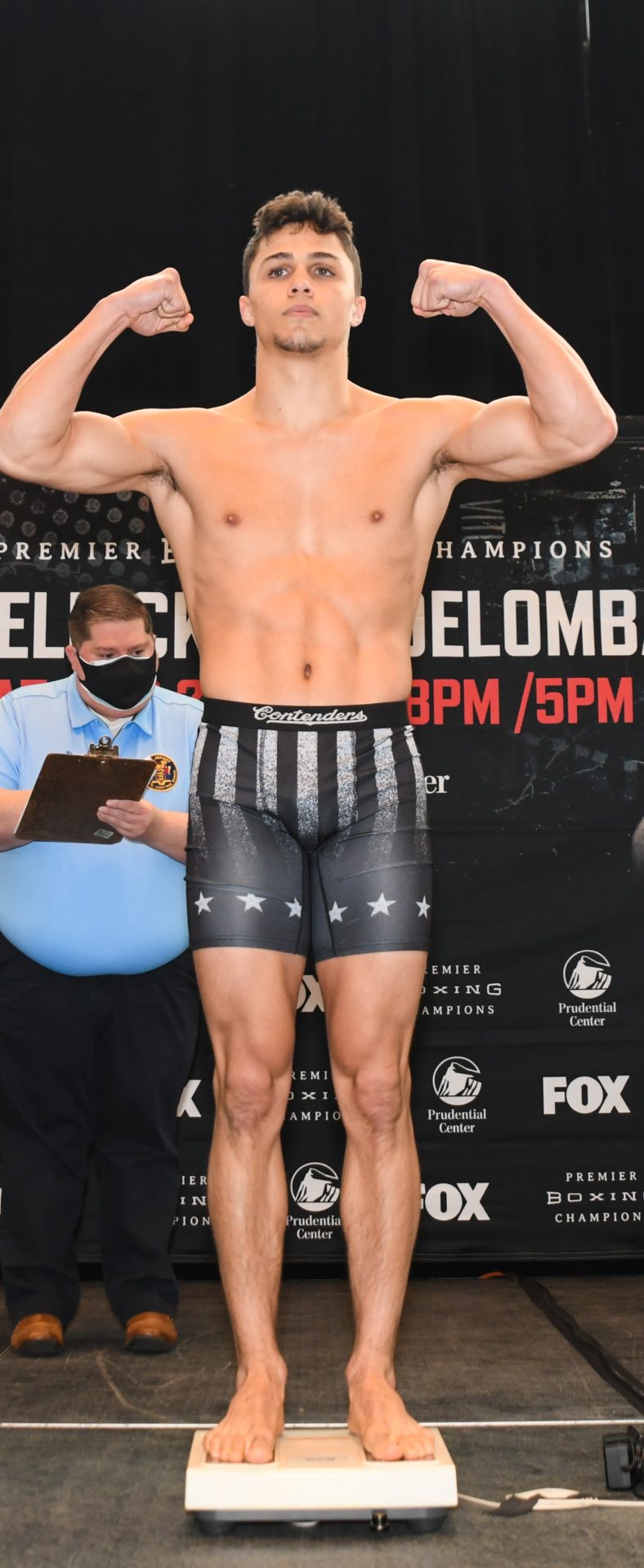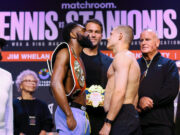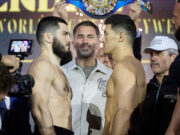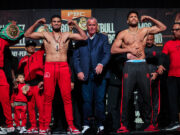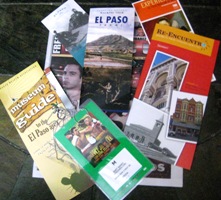
EL PASO, Texas – Little more than a pitstop on I-10 or a piece of Fort Bliss infrastructure in the imagination of most Americans – lacking New Mexico’s enchantment or Arizona’s Grand Canyon – this city nevertheless must compete for tourist dollars with America’s better-known desert destinations. On the western edge of an enormous state and sister to what might be the Western Hemisphere’s most dangerous city, El Paso, then, has made a significant choice, opting to invest in culture and history more than golf courses and resorts.
That’s the sort of investment that, were tourism a meritocracy, would thrust it to the front of Americans’ minds, well ahead of opulent but culturally barren places like Scottsdale, Ariz. The product of a multicultural history – Indigenous, Spanish, Mexican, Texan, American – one the El Paso Museum of History euphemistically calls “complicated,” today this city finds itself in a struggle with misapprehensions about its class and fitness.
Which made it fine a host as any for Julio Cesar Chavez Jr’s latest middleweight title defense, a Saturday fight with “Irish” Andy Lee that Chavez won by cruel stoppage at 2:21 of round 7 in Sun Bowl Stadium.
Chavez has made a home for himself in Texas, maturing and improving as a professional in Lone Star State, where he has made four of his last six fights. If his fans are not yet all his, not yet cheering for “Junior” so much as a combination of Senior and the Mexican flag, they are more his today than ever before and no longer feel foolish admitting it.
Chavez beats men down. He started terribly against Lee on Saturday, looking befuddled and clubfooted in the match’s opening rounds, an awkwardness he later attributed to leg cramps, but used his early and abject ineffectiveness to proctor an examination of Lee’s power on UTEP’s campus. It was an exam Chavez’s southpaw challenger did not come close to passing. Fifteen minutes in their match, Lee, by now wide-eyed and disconcerted, watched with horror as Chavez took his best shots, laughed at them, talked about them, and pleaded for more of them.
Chavez hasn’t his father’s class or relentlessness, but he takes punches every bit as personally as dad did and uses physicality and resentment where his father used accuracy and pride. And Junior has physicality aplenty. With improved footwork and timing, he now locates men who box and move better than he does sooner than those men want to be found. And once he locates them, Chavez bodies them to the ropes, crouches, touches his head to theirs, and brutalizes them with fully leveraged punches – a product of his time with trainer Freddie Roach.
Attracting the Chavez-Lee fight, an event for which El Paso itself paid a $500,000 sponsorship, this city sought to thrust itself higher on American tourists’ credible-destinations list. And it did so eventually but not without a cold start of its own. In April, University of Texas System Chancellor Francisco G. Cigarroa – from an Austin office that is far from this lovely town as the capital of Maine is from Washington D.C. – cancelled the fight, citing, in a cut unkindest of all, a “higher than normal” security concern.
Promoter Bob Arum mobilized his public-relations forces, and with help from the city’s mayor and other officials created outrage enough to make the chancellor reconsider. Arum’s bluster can be at turns entertaining and excruciating, but in this case of El Paso’s, Arum was exactly right. The city mobilized behind the fight; billboards, store-windows, free entertainment weeklies – wherever you went in the downtown area, there was evidence of Chavez-Lee. Even the delightful clerk at El Paso Museum of Art’s gift shop knew her way round the details of the controversy.
About EPMA: It is part of a collection of free-admission museums – 23 in all – that represent this city’s outstanding cultural commitment. You enter its lobby during extended Thursday-night hours expecting little and finding it then ascend directly to the second floor, where there is contemporary and modern fare that is pleasant but not sublime, then round a corner and come to “Mountain Landscape,” a large and complicated work by William Louis Sonntag, a champion of the 19th-century Hudson River School movement, and things take a surprising turn. You find works from the 1600s by Spanish Baroque masters like Jusepe De Ribera and Bartolome Esteban Murillo preceded by 18th-century masters of Venetian landscapes like Bellotto and Canaletto. Then a few meters away, you hear the museum’s only other visitor give voice to your exact sentiments, mumbling in a European accent, “Do they know what they have here?” Perhaps they do not.
The same may now be said of boxing and Chavez Jr. He deserves another, closer, more-thoughtful look than the cursory glance most American fight fans cast his way a few years back. He does a lot of things well – he picked up Lee’s left cross and countered it perfectly by round 6 of Saturday’s match – and he entertains the hell out of ticket-buyers. His punches stun more than they stop, which means each Chavez fight becomes about attrition, about taking the obstinate force across from him and rending it.
After Saturday’s postfight press conference, Top Rank’s Lee Samuels confirmed the following: Chavez will fight Sergio Martinez on Sept. 15 in UNLV’s Thomas & Mack Center on a fight broadcast by HBO pay-per-view. If schedules hold, the card will go “mano a mano” – as Arum once put it – with a Golden Boy Promotions and Showtime pay-per-view event to feature Saul “Canelo” Alvarez and Victor Ortiz, on Mexican Independence Day weekend.
Don’t be surprised if Chavez’s opponents in September, both Martinez and Showtime, join a growing list of men surprised and ruined by Junior’s size and strength.
Bart Barry can be reached at bart.barrys.email (at) gmail.com



